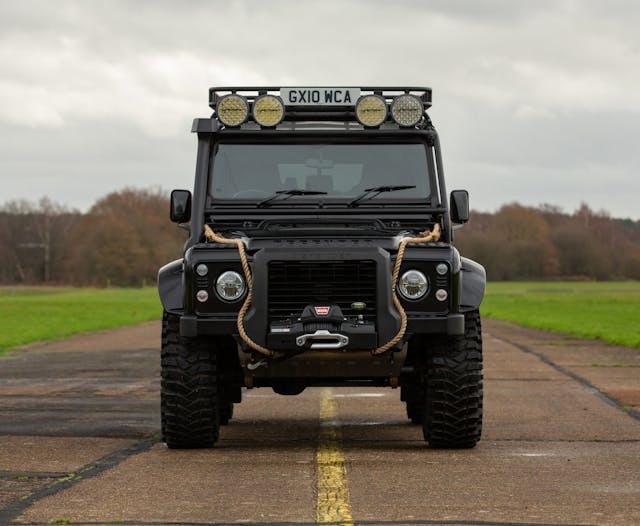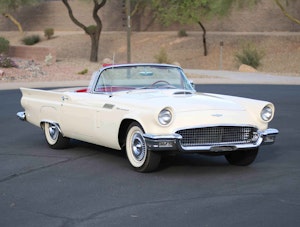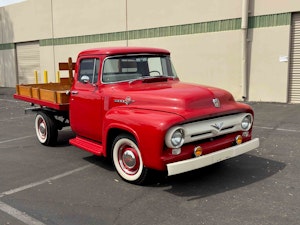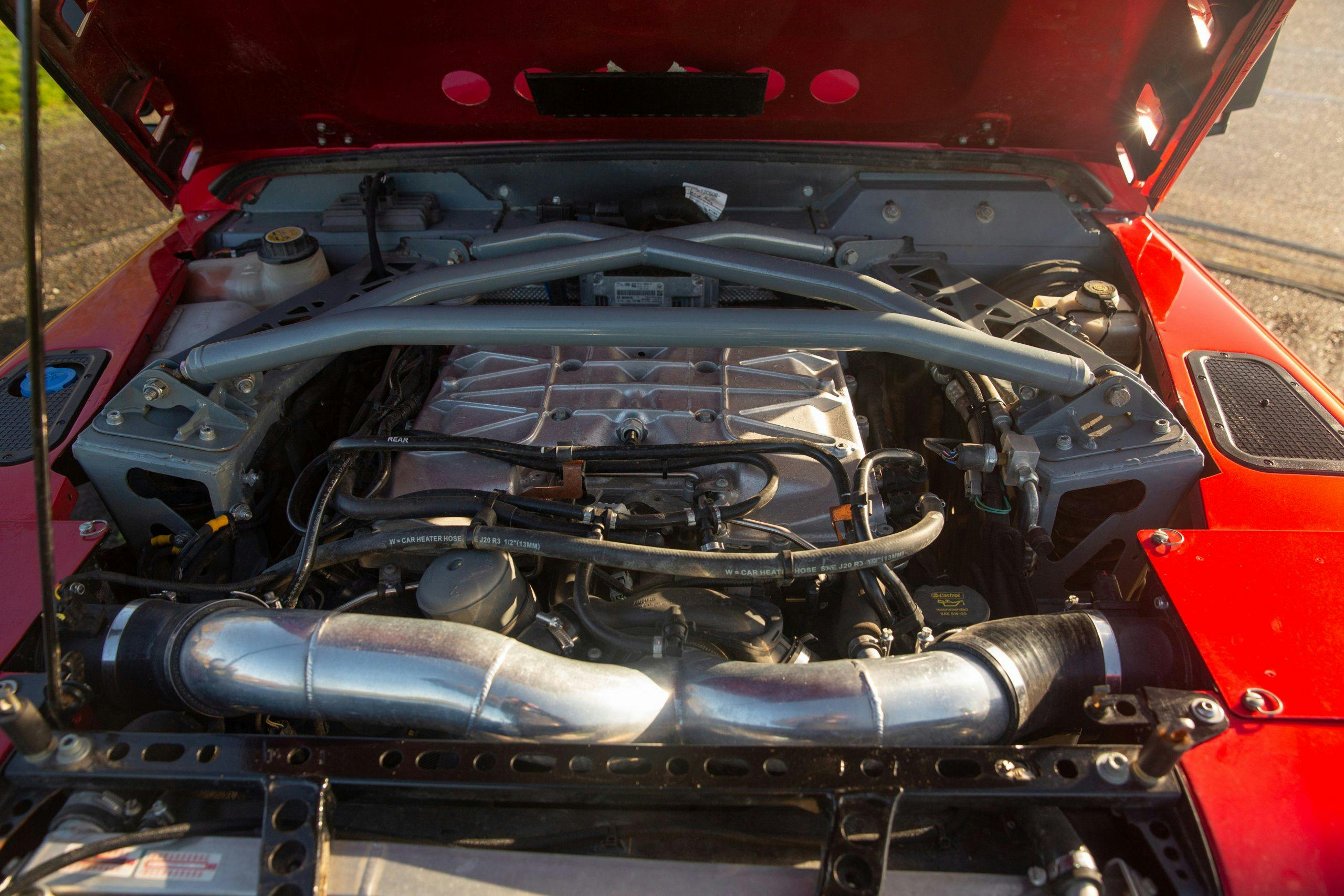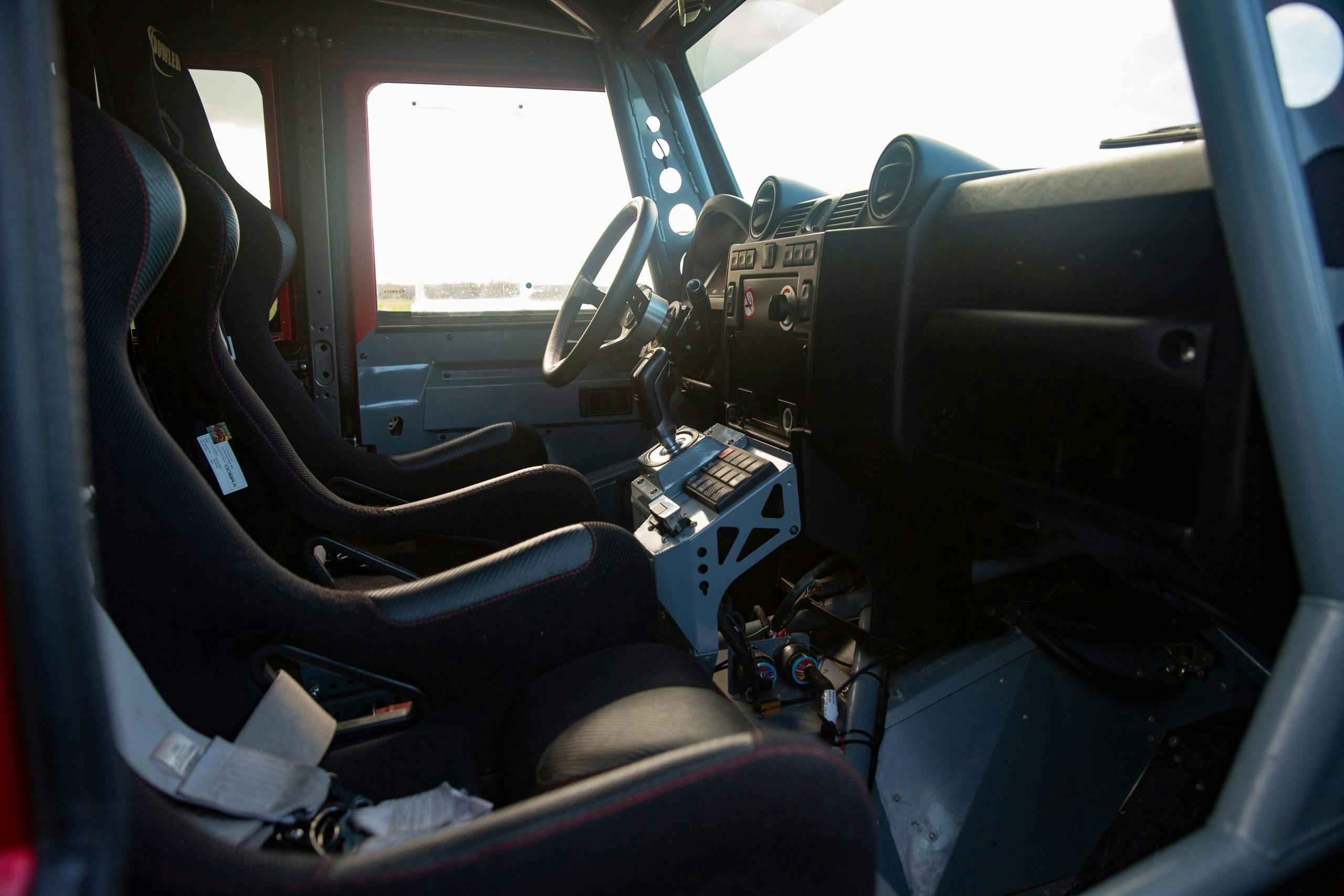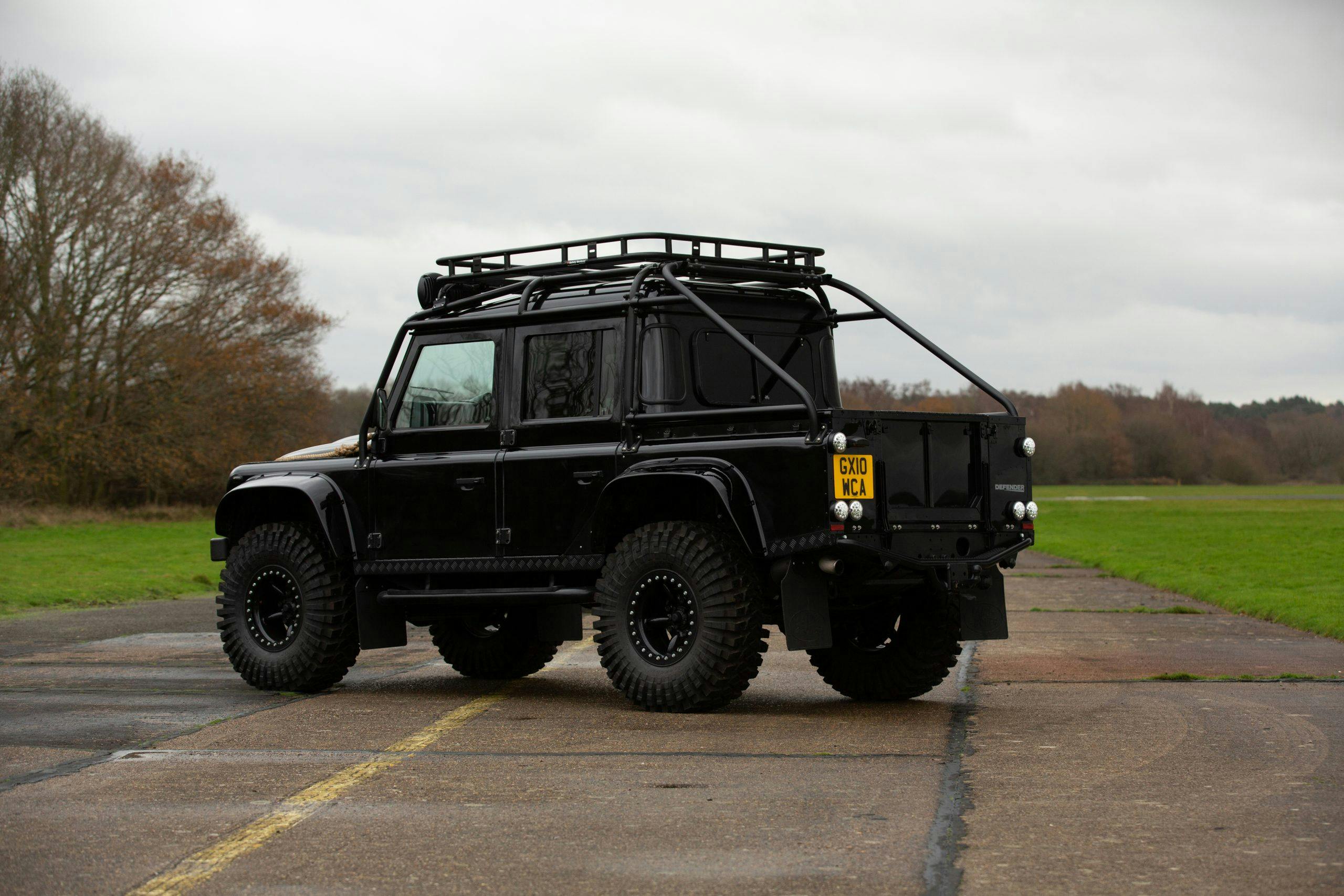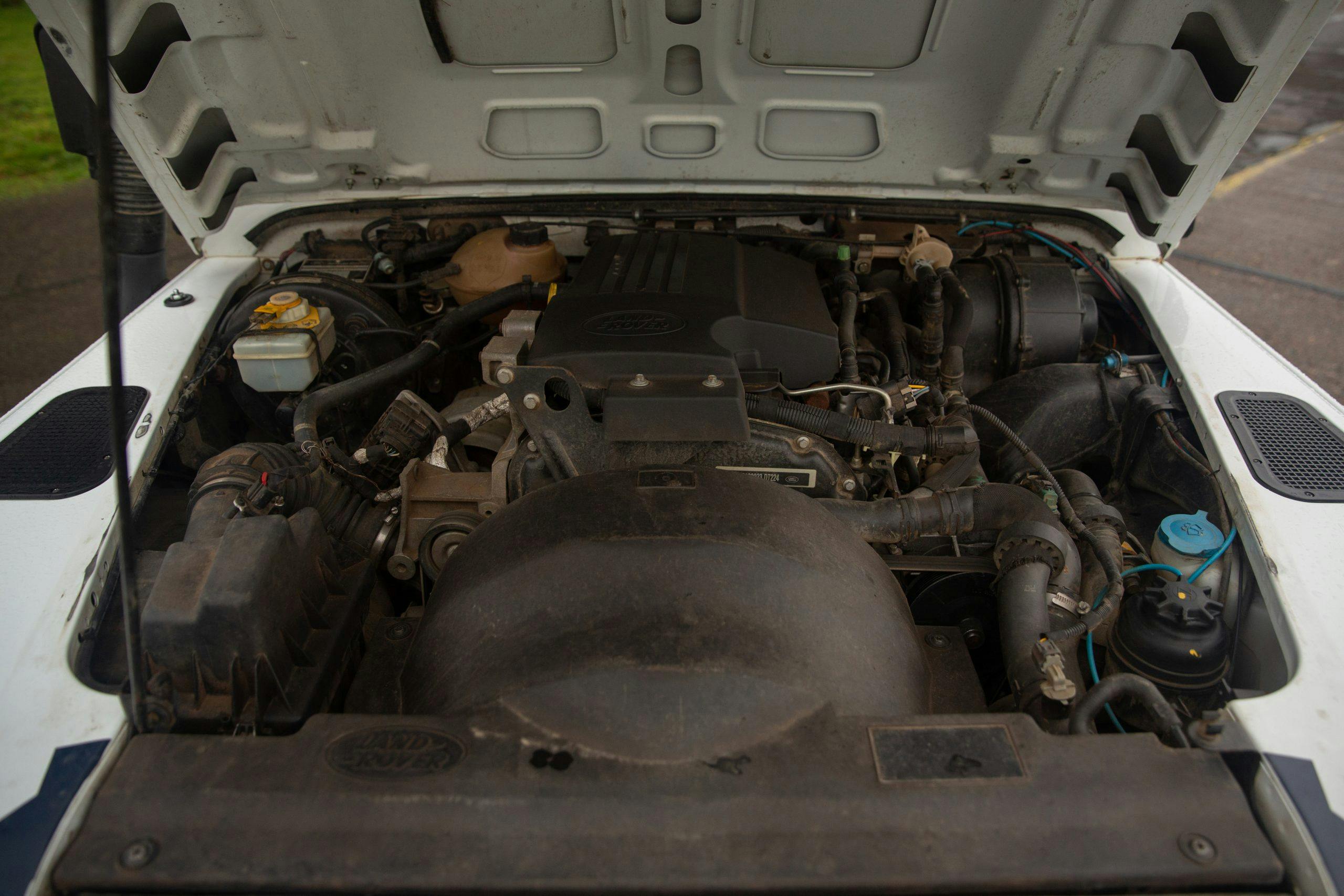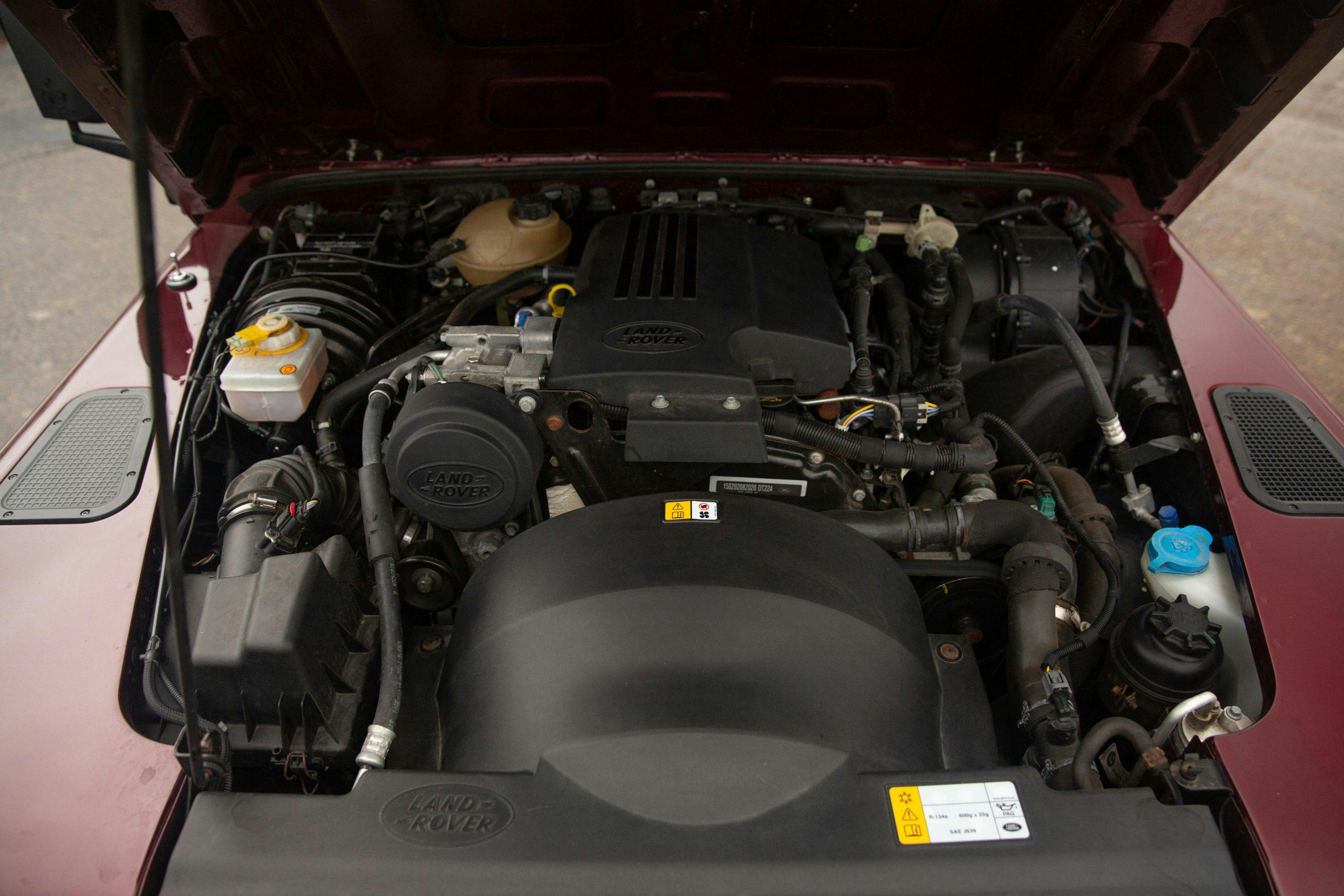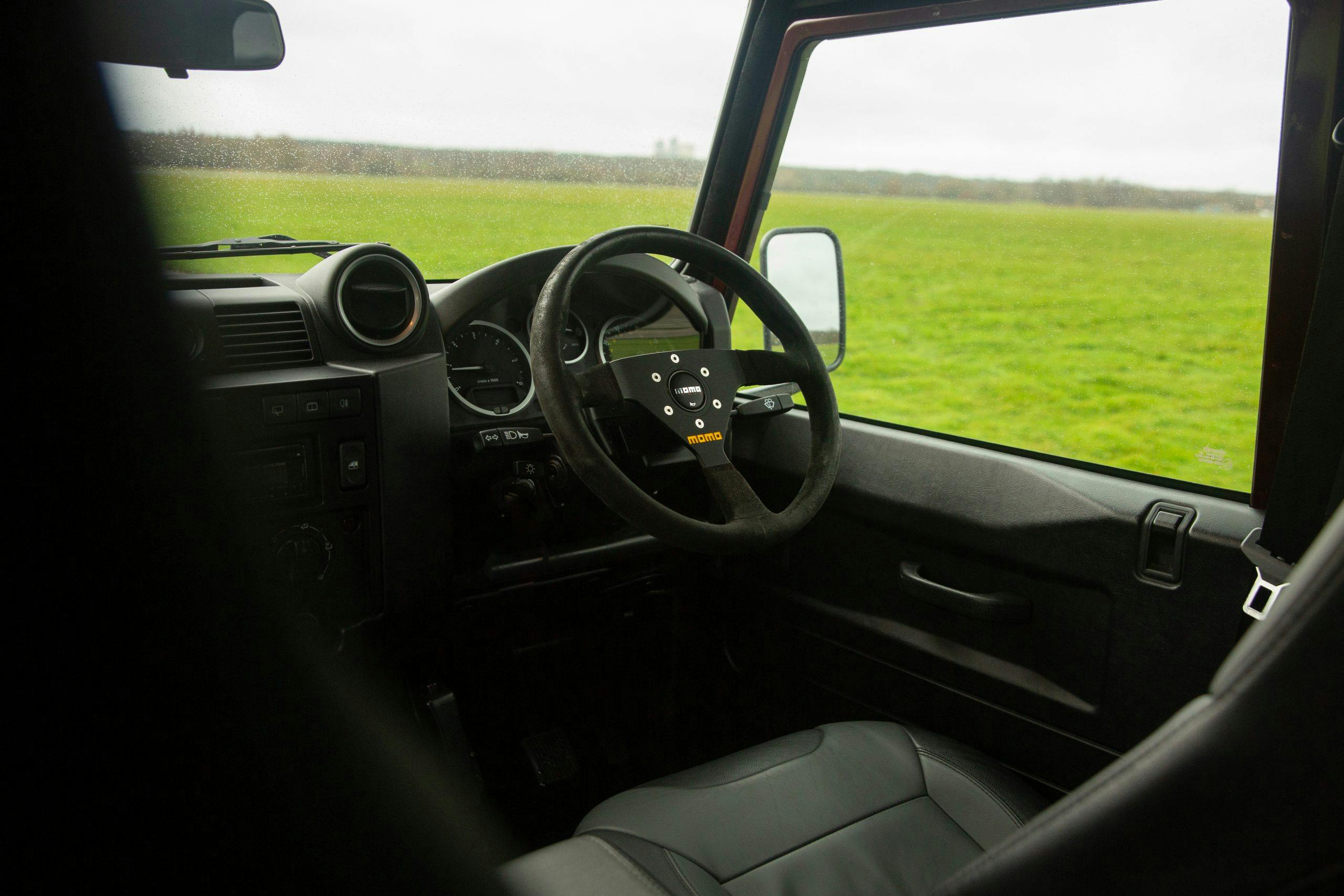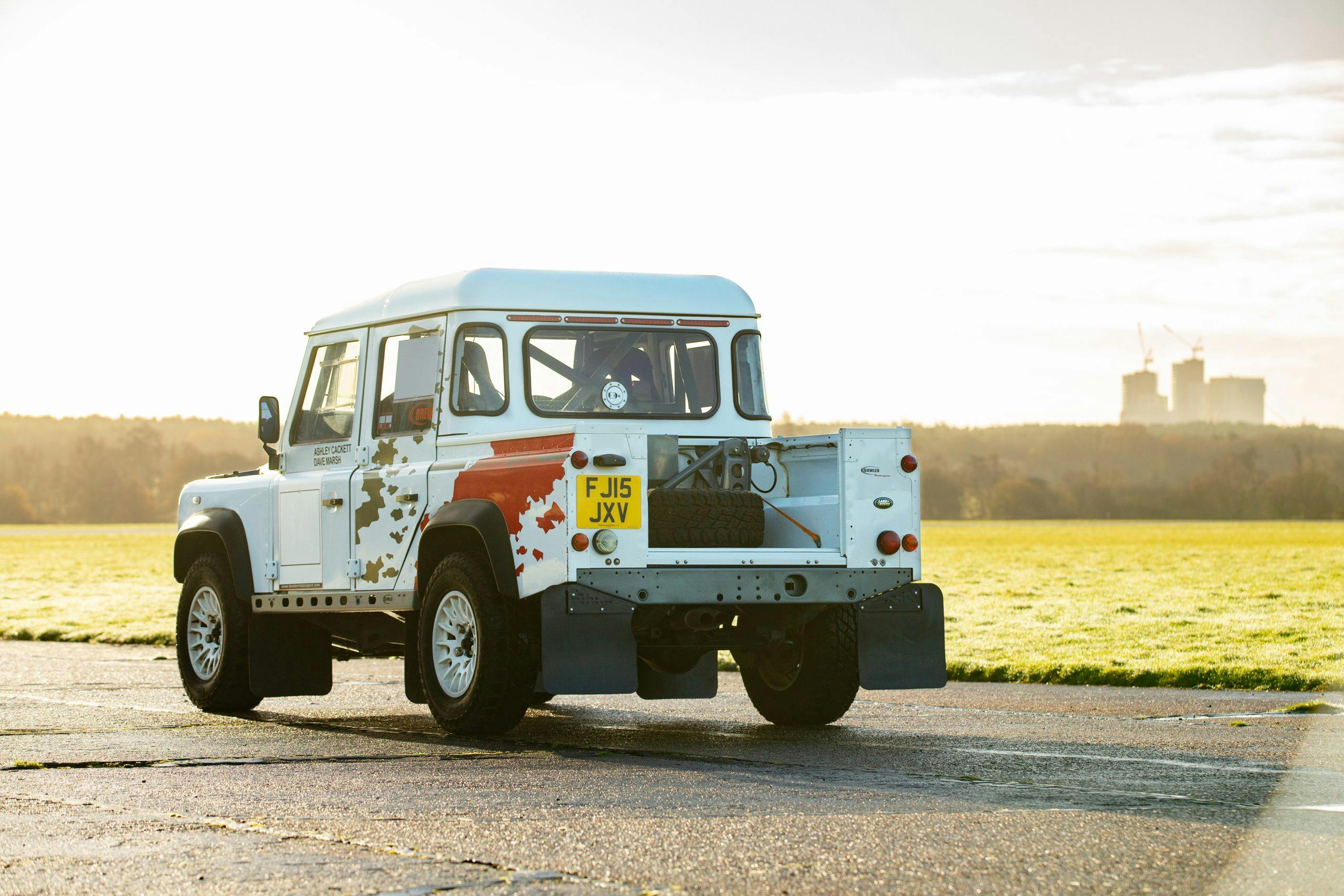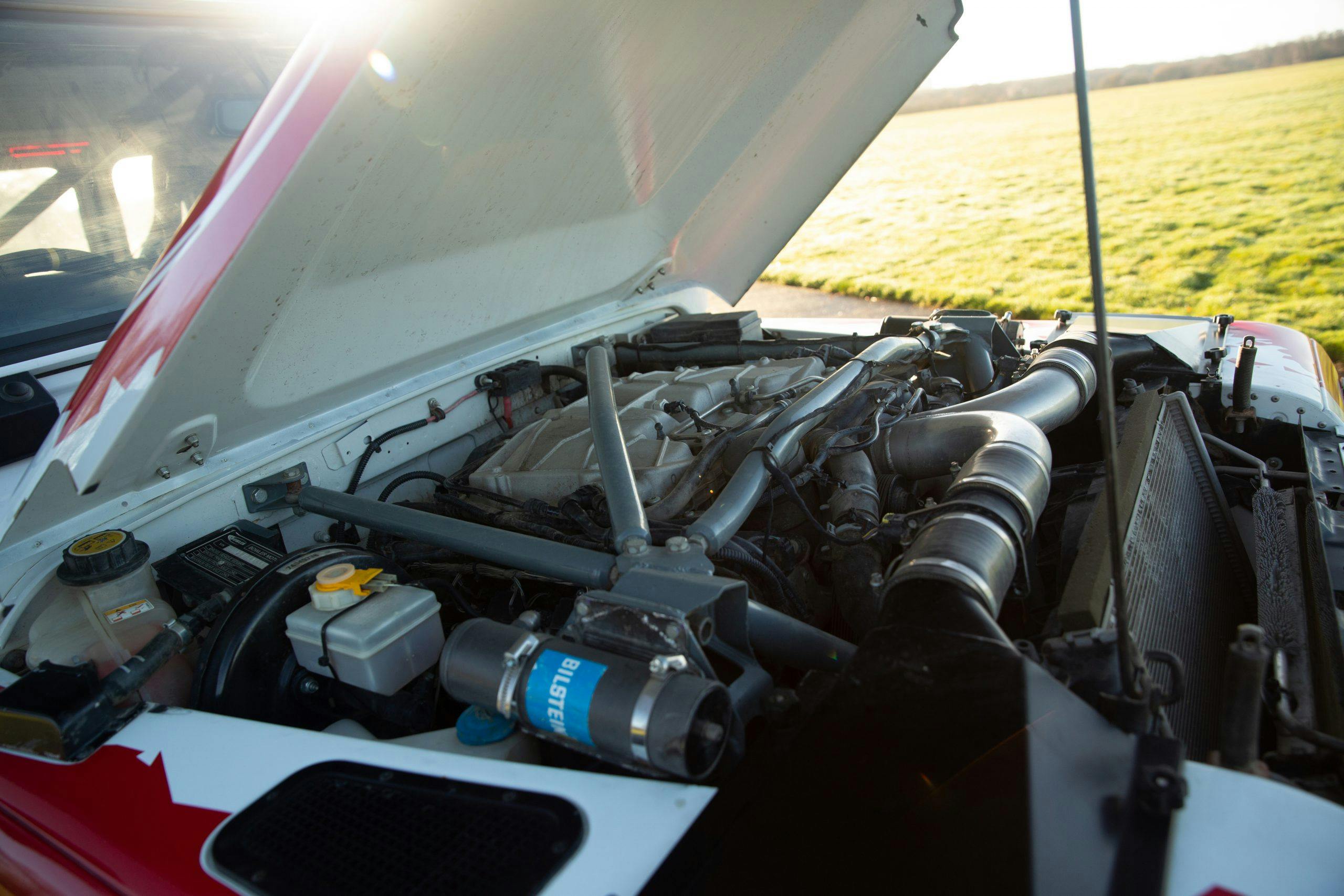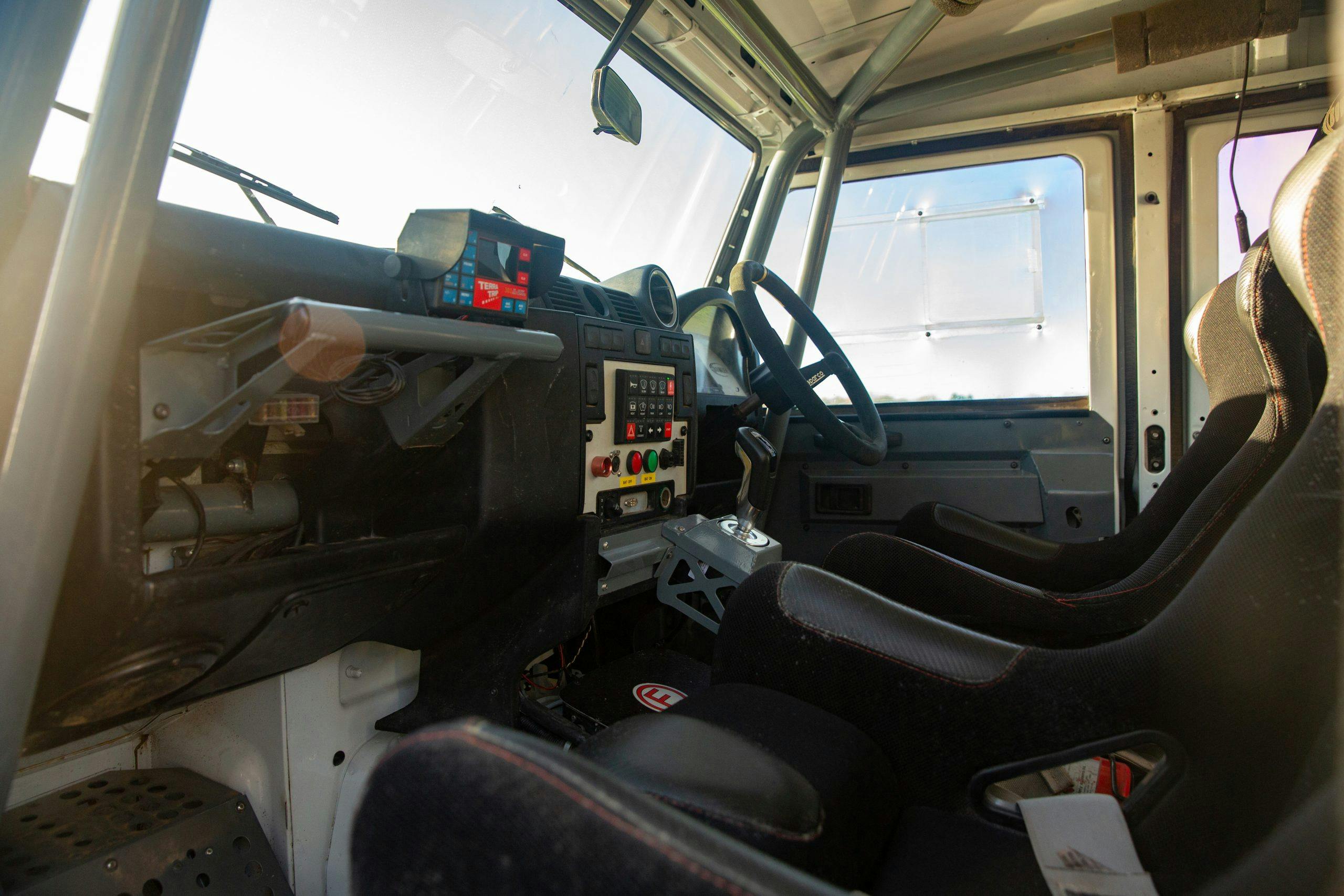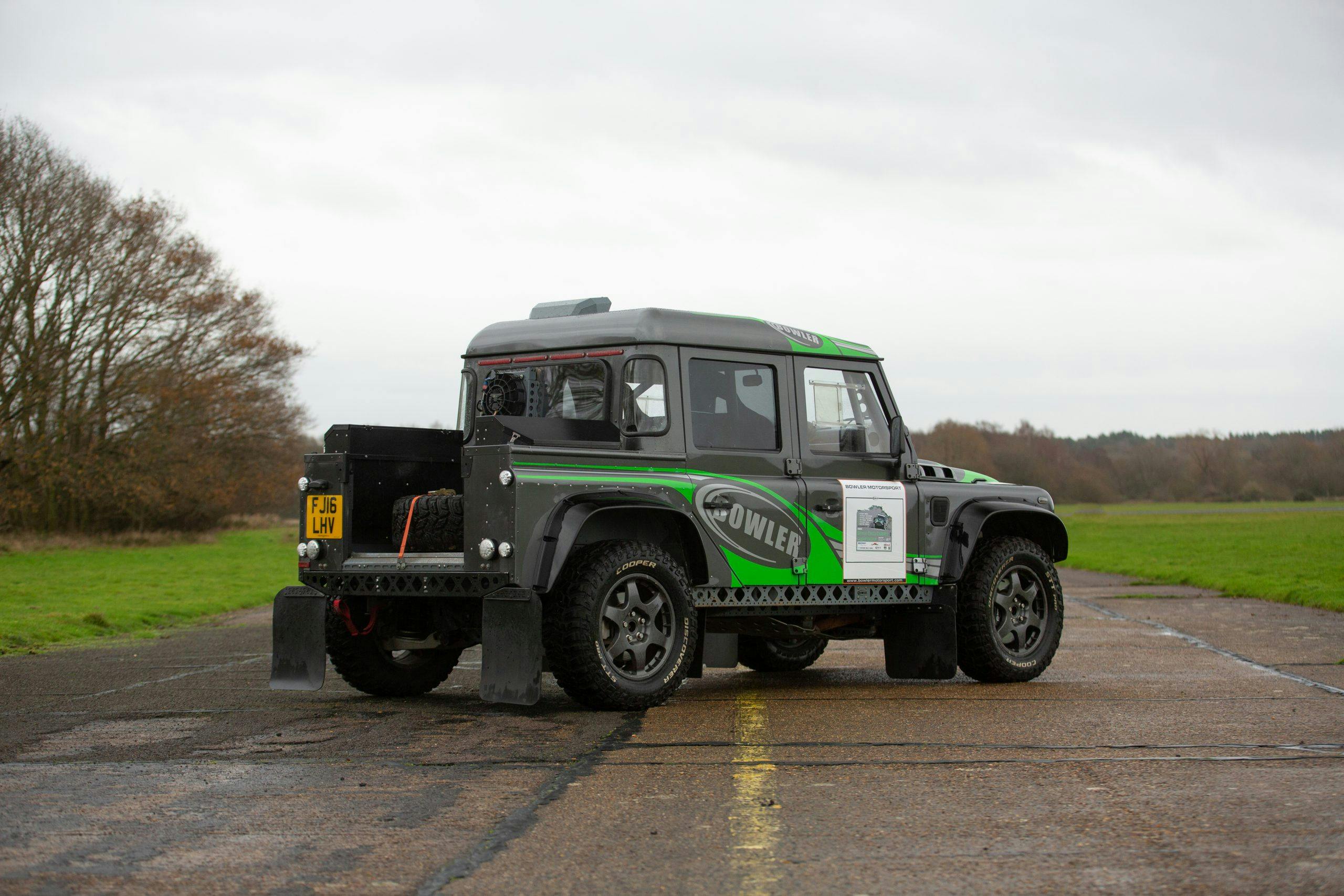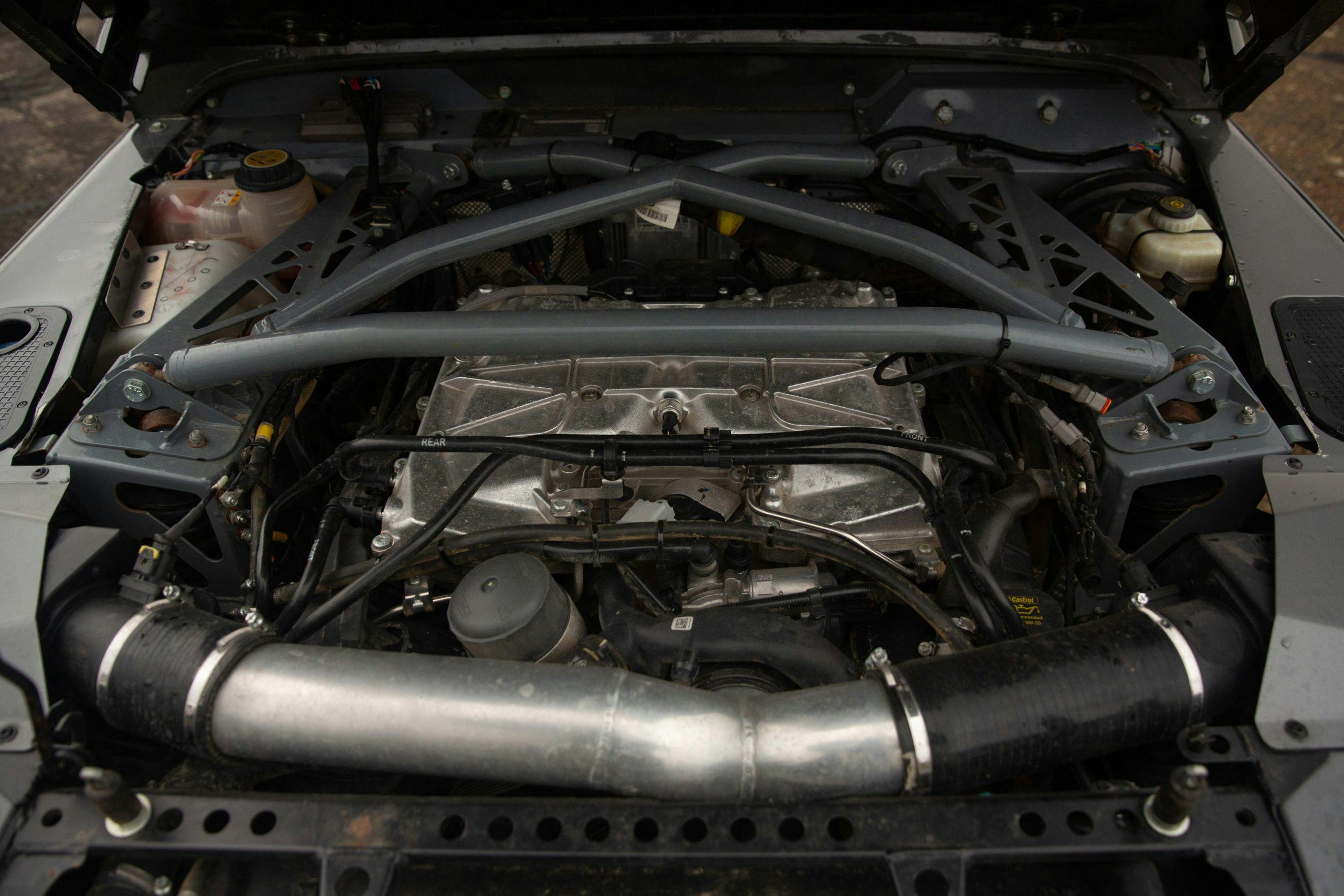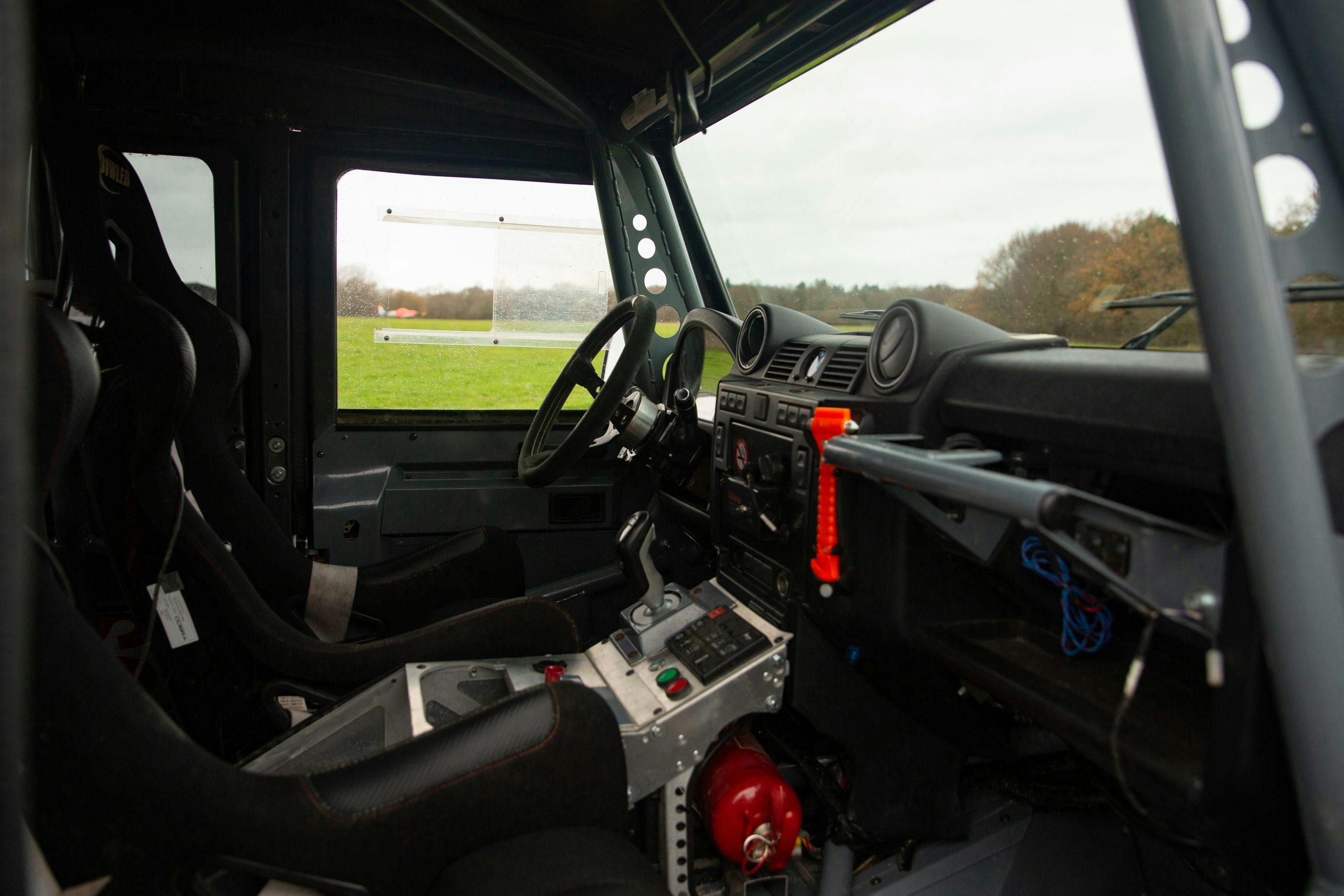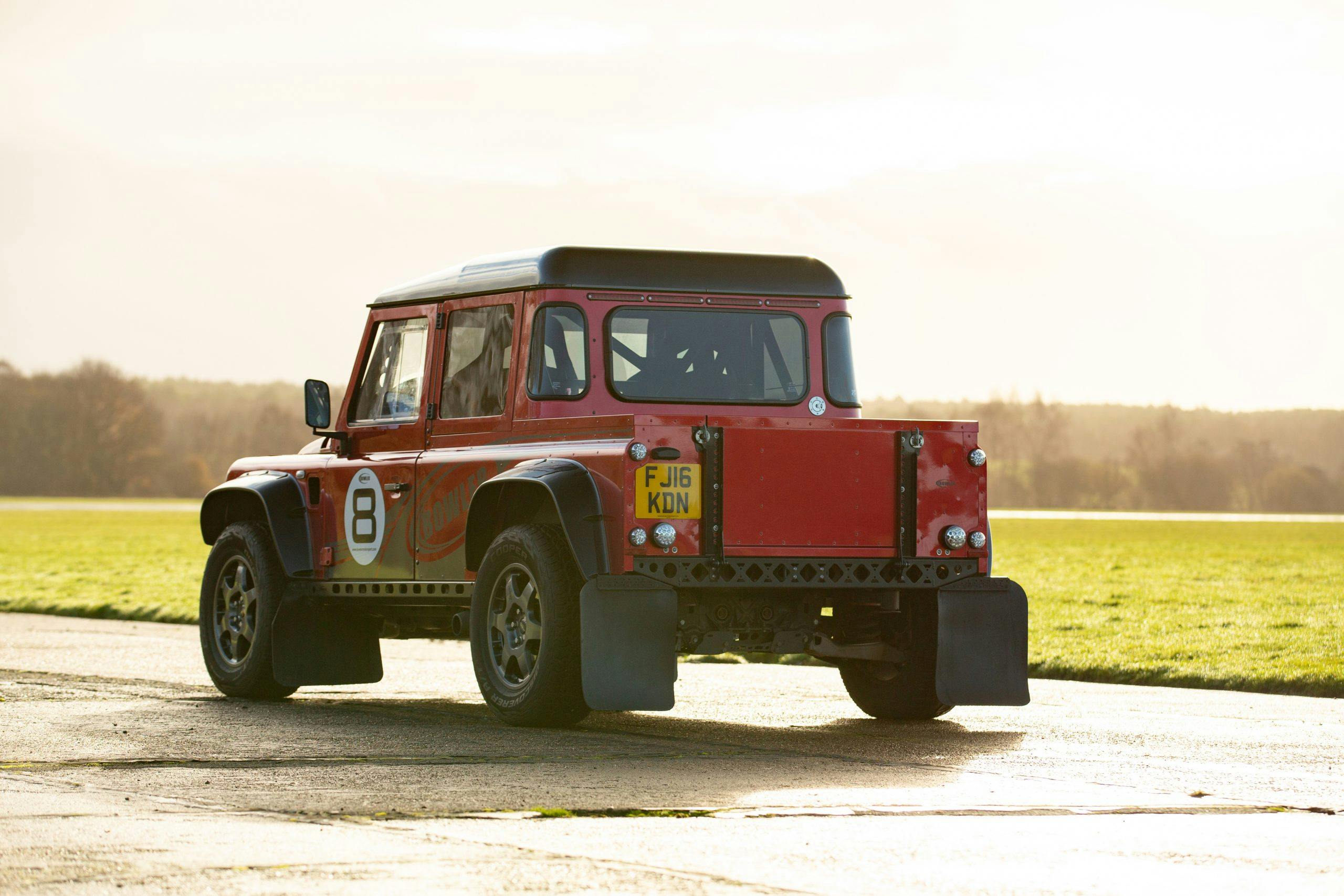Media | Articles
7 Bowler-enhanced Land Rovers to add some grit to your garage
Land Rovers aren’t known much for performance, and even though they’re some of the most capable off-roaders you can buy, most of them don’t see any terrain rougher than a gravel driveway. There’s a company out there, however, that really puts Rovers through their paces. Called Bowler, the British outfit has been modifying Defenders since 1985, sells performance parts for various Land Rover models, and since 2015 even builds off-road performance vehicles using its own in-house chassis.
Over the years, Bowler models have had brash names like Tomcat, Wildcat, Nemesis, and Bulldog, and they have run “countless national rally and Rally Raid races globally,” according to the company website. Jaguar Land Rover acquired the company in 2019, and next month a group of seven Bowlers and Bowler-modified vehicles will be up for auction at the RM Sotheby’s Paris sale February 13, all at no reserve. All are offered from the collection of Richard Hayward, who ran Bowler from 2016 (after the death of company founder Drew Bowler) until 2019. They range from a lightly hotted-up turbodiesel to a 500-plus horsepower V-8 prototype.
2010 Land Rover Defender SVX “Spectre”

In the 2015 James Bond film Spectre, the second big chase scene is a great one. Bond flies a small plane through (and eventually on top of) the Austrian Alps, hunting down a group of baddies driving appropriately evil-looking and heavily modified black Land Rovers.
For the movie, the producers hired Bowler to modify 10 Santorini Black Defender 110 crew-cab pickups with special suspension, 37-inch tires, a full roll cage, and a tuned engine. After filming, a few of the movie vehicles then entered the private market, with one selling in London in 2017 for £230,000 ($300,679 at the time) and another one—damaged for the movie—sold in Essen in 2019 for €115,000 ($129,996 at the time). One also sold, supposedly to Gordon Ramsay, for £365,500 ($483,045 at the time) at the 2018 Goodwood Festival of Speed.
This Bowler-modified Defender on offer in Paris isn’t a movie car but a one-off commission done in 2019 to similar bad guy specs, including the black paint, tuned engine, and beefed up suspension.
Marketplace
Buy and sell classics with confidence
2013 Land Rover Defender 90 “Challenge”

From 2014–16, the “Defender Challenge” was a one-make off-road race series run in the UK. The racers were all based on Land Rover 90 hardtops modified by Bowler, with an engine tune, custom-made Bilstein shocks, beefier anti-roll bars, roll cage, racing seats, intercom, and safety equipment.
This one is represented as the very first Defender Challenge built, used for PR and featured in both Car and Evo magazines. It also features a brake upgrade and a Stage 2 tune for 195 horsepower and 380 lb-ft of torque, up from the 120 hp/266 lb-ft in the standard Defender and the 175 hp/332 lb-ft in the first Defender Challenges.
2015 Land Rover Defender 90 Hardtop XS
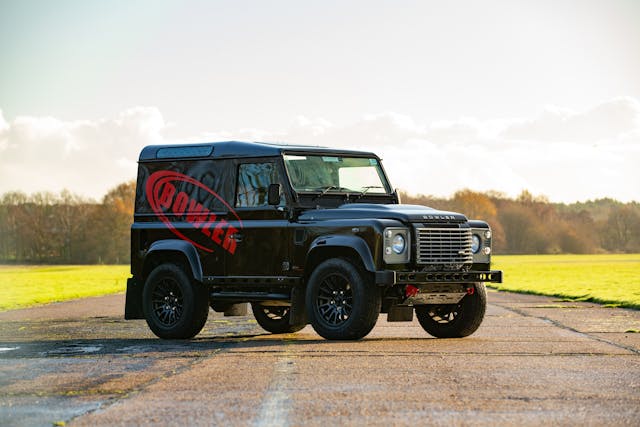
As a 2015 model with fewer than 8000 miles on the clock, this Defender 90 XS is one of the very last “original” Defenders, and it was modified by Bowler under the supervision of the company’s founder, Drew Bowler. A 2.2-liter turbodiesel model, it comes with Bowler’s “Fast Road” suspension with uprated Bilstein coil springs and dampers, Stage 1 engine tune, 18-inch Bowler alloy wheels, Bowler gear shifter, and Momo steering wheel. There are also lightweight Bowler bumpers, side rails, a steering guard, and rear steps. And in case there’s any doubt who’s responsible for all these custom touches, the rear body sides read “Bowler” in gigantic red script.
2015 Land Rover Defender 110 Landmark XS
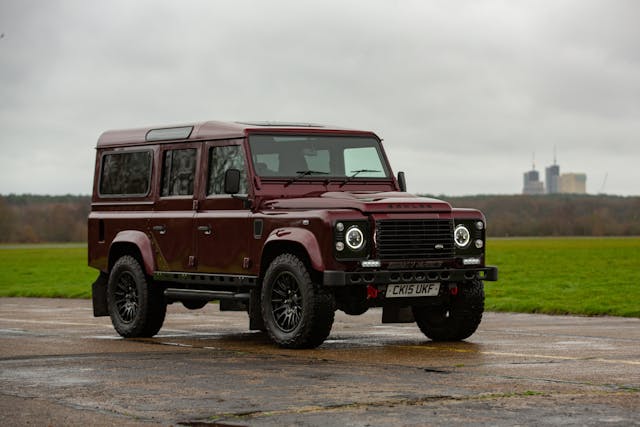
As the original Defender was nearing the end of the line in 2015, a special edition called the “Landmark” debuted as a sendoff for the off-road icon. What makes a Landmark edition special is its extra-plush interior, but this one is even better in that it is one of the handful of Lanmark Defender 110s modified by Bowler.
Visually, the Bowler-modified version is distinguished by body color roof panel and wheelarches (instead of black), the 18-inch alloy wheels (up from the standard 16-inchers), and the Bowler script on the nose. Underneath, it has a Stage 1 engine tune and Bowler’s “Fast Road” suspension.
2015 Bowler Pennine V6 110 Prototype

Bowler launched a Defender-chassis model in 2015 and called it the Pennine, after a range of hills and mountains in England. While it doesn’t sound as menacing as previous Bowlers like the “Wildcat” and “Bulldog,” the Pennine nevertheless packs a serious punch with a 3.0-liter, 335-hp supercharged V-6 and 8-speed ZF automatic lifted from the Jaguar F-Type.
Based around a Defender 110 crew-cab, this Pennine is represented as the prototype, and was tested by Top Gear magazine before becoming the last competition Bowler driven by the company founder Drew Bowler before his death in 2016.
2016 Bowler CSP V8 Prototype “P1”
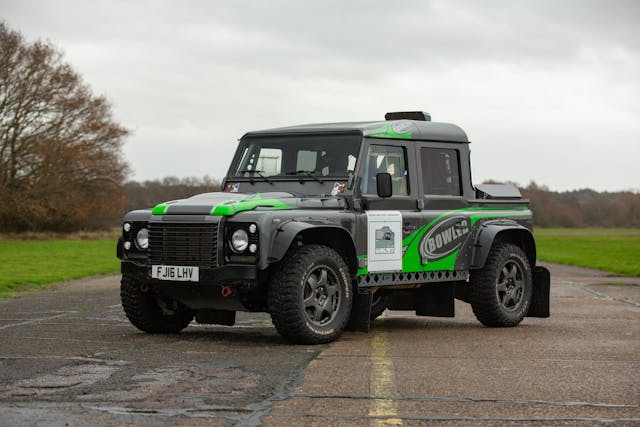
In 2015, Bowler embarked on a project backed by the British government aiming to develop a vehicle for use in defense, emergency response, exploration, or all of the above. Called the Cross Sector Platform (CSP), it marked a big move for Bowler, which moved away from the Defender’s antiquated ladder-frame and towards its own wholly proprietary chassis. It’s hard to leave the Defender’s good looks behind, however, so the basic Land Rover silhouette still remains.
This CSP was used as a works development vehicle and is currently set up with long-distance rally equipment. Under the hood is the 5.0-liter supercharged V-8 and ZF eight-speed also found in Jaguar Project 7 and F-Type SVR, a far cry from the turbodiesels in the old Defender.
2016 Bowler CSP V8 Prototype “P2”

This Bowler CSP was also a works development vehicle. It started life as a Bowler Bulldog with a Jaguar V-6 engine but now houses a 5.0-liter supercharged Jag V-8 with 542 hp and 516 lb-ft of torque.
Autocar tested it in 2019 and put it on the list of “Top Ten Driver’s” cars of the year. Not bad, considering it was up alongside the McLaren 600LT, Lamborghini Huracan Evo, and Mercedes-AMG GT 63 S. It’s fitted with competition equipment, including a 90-liter fuel cell and a roll cage, but it’s usable enough that the vendor says it is “virtually a road car,” whatever that means.
